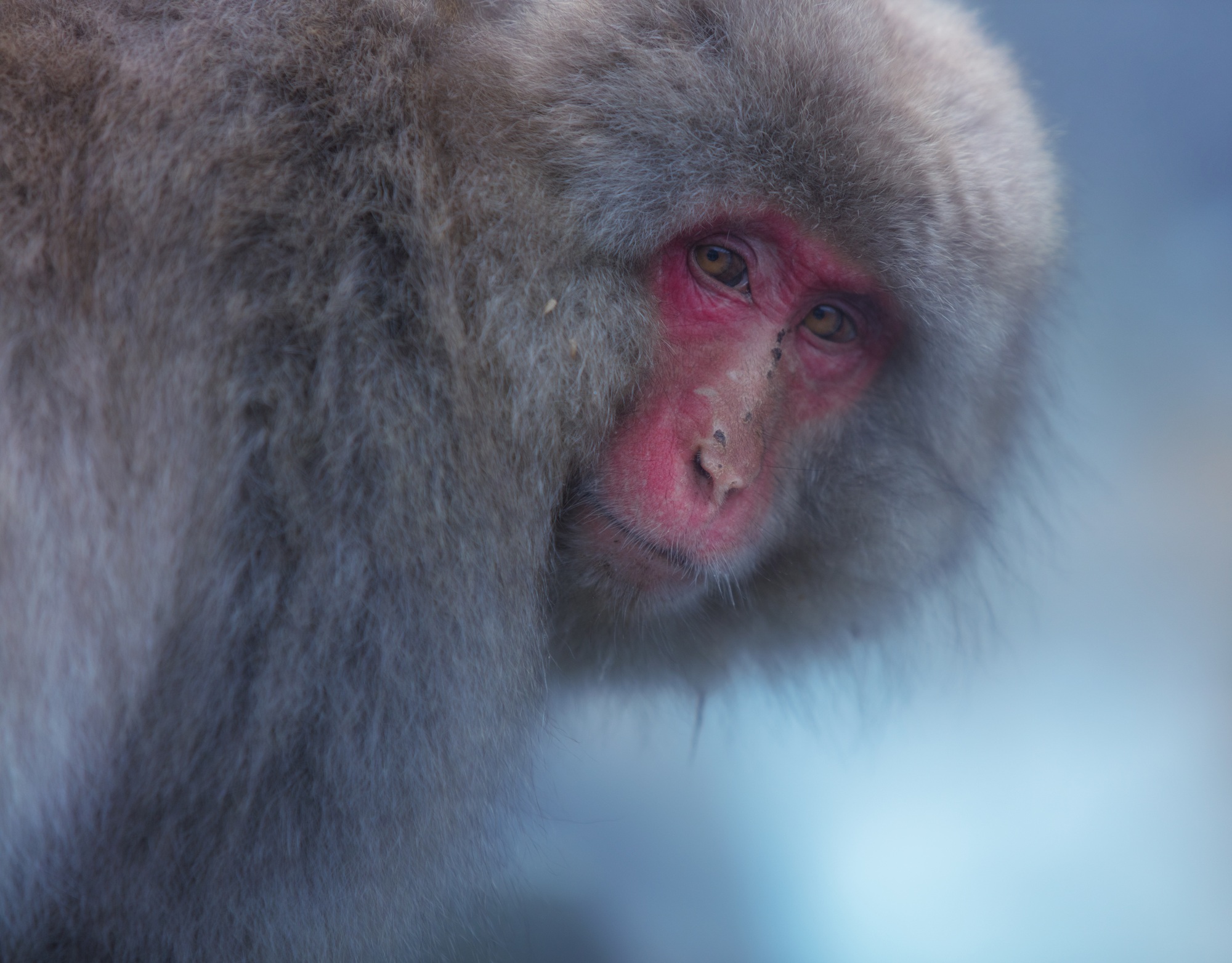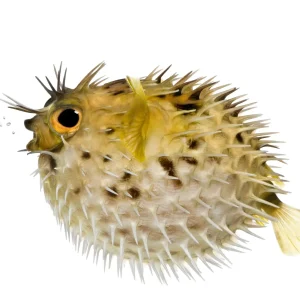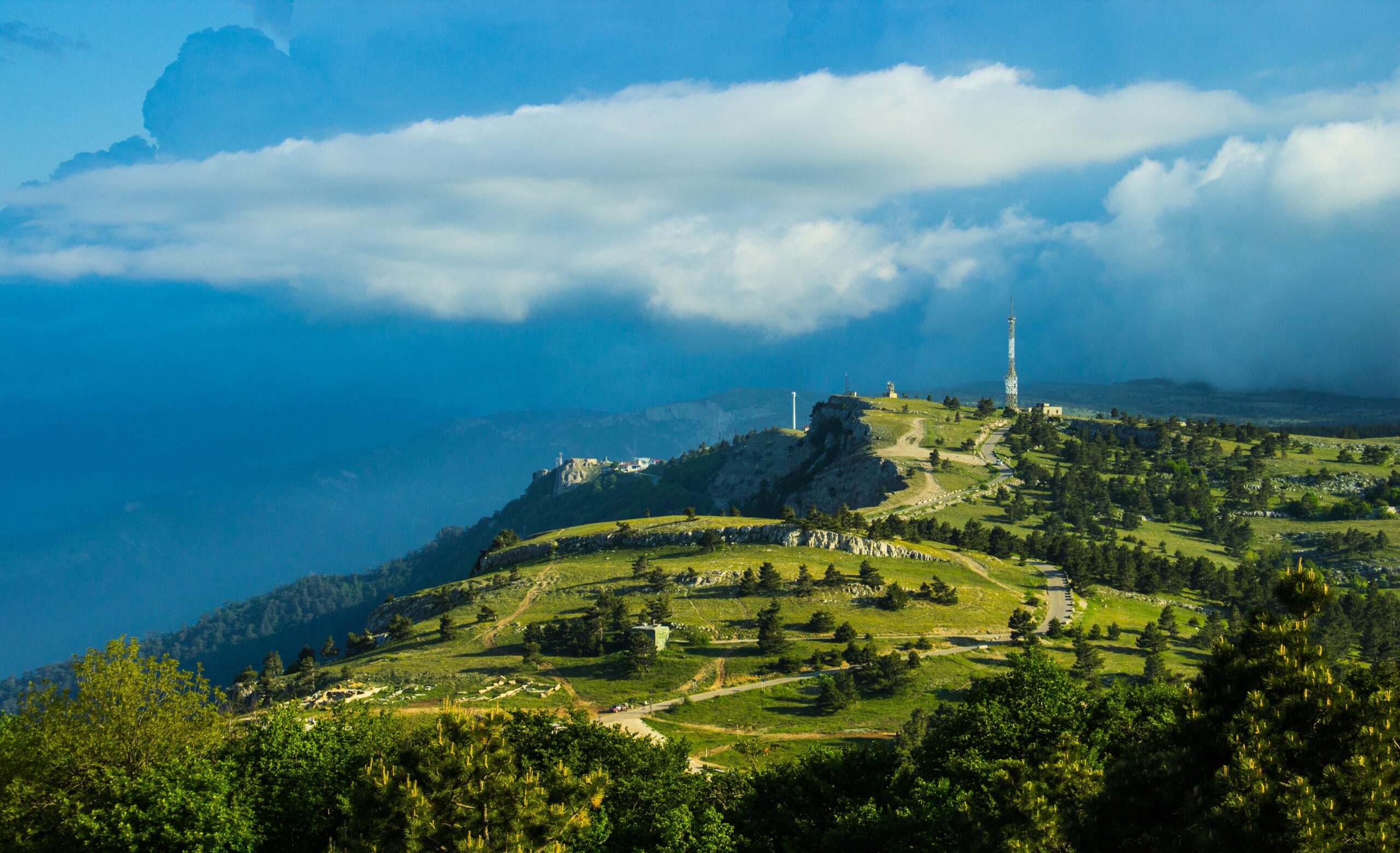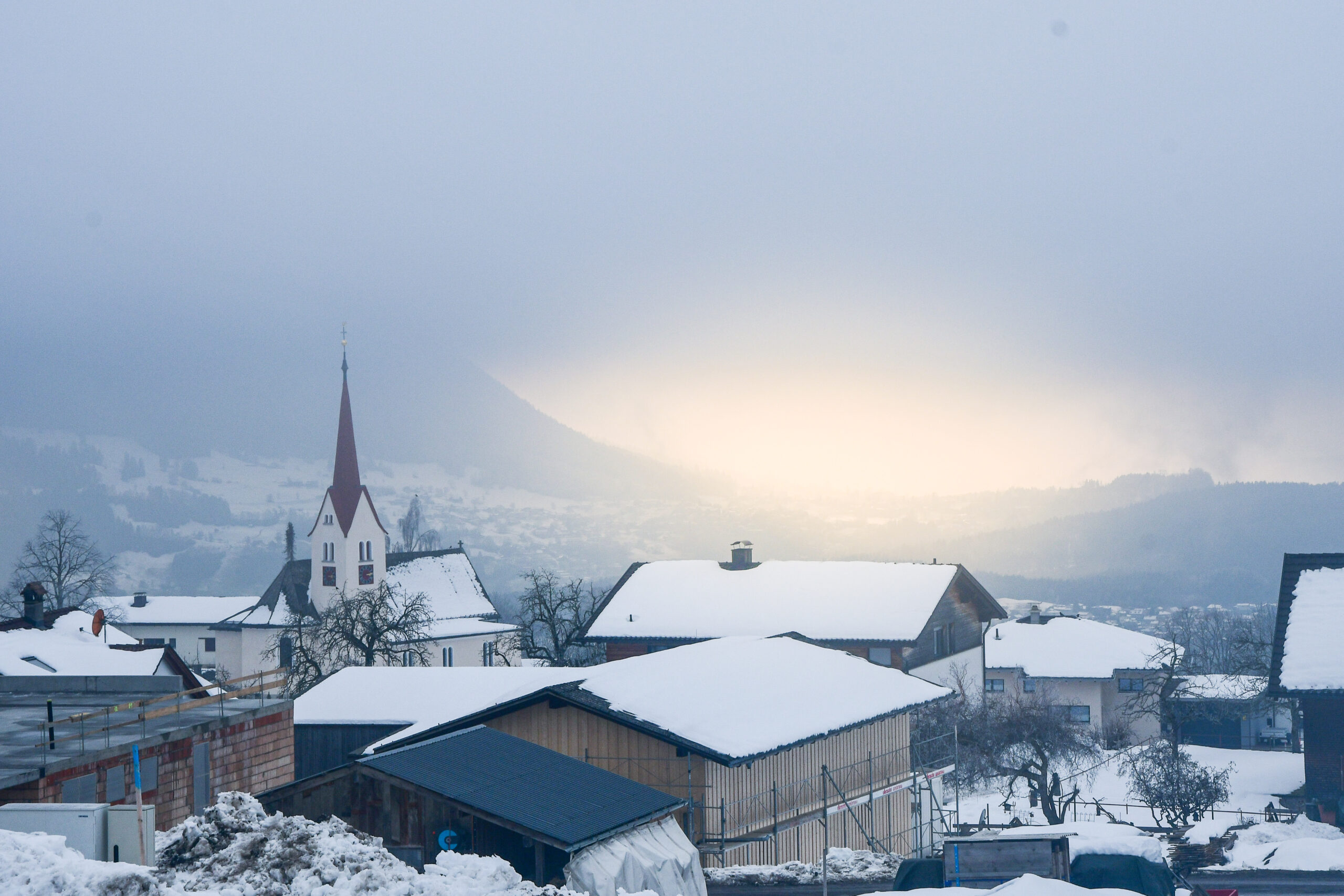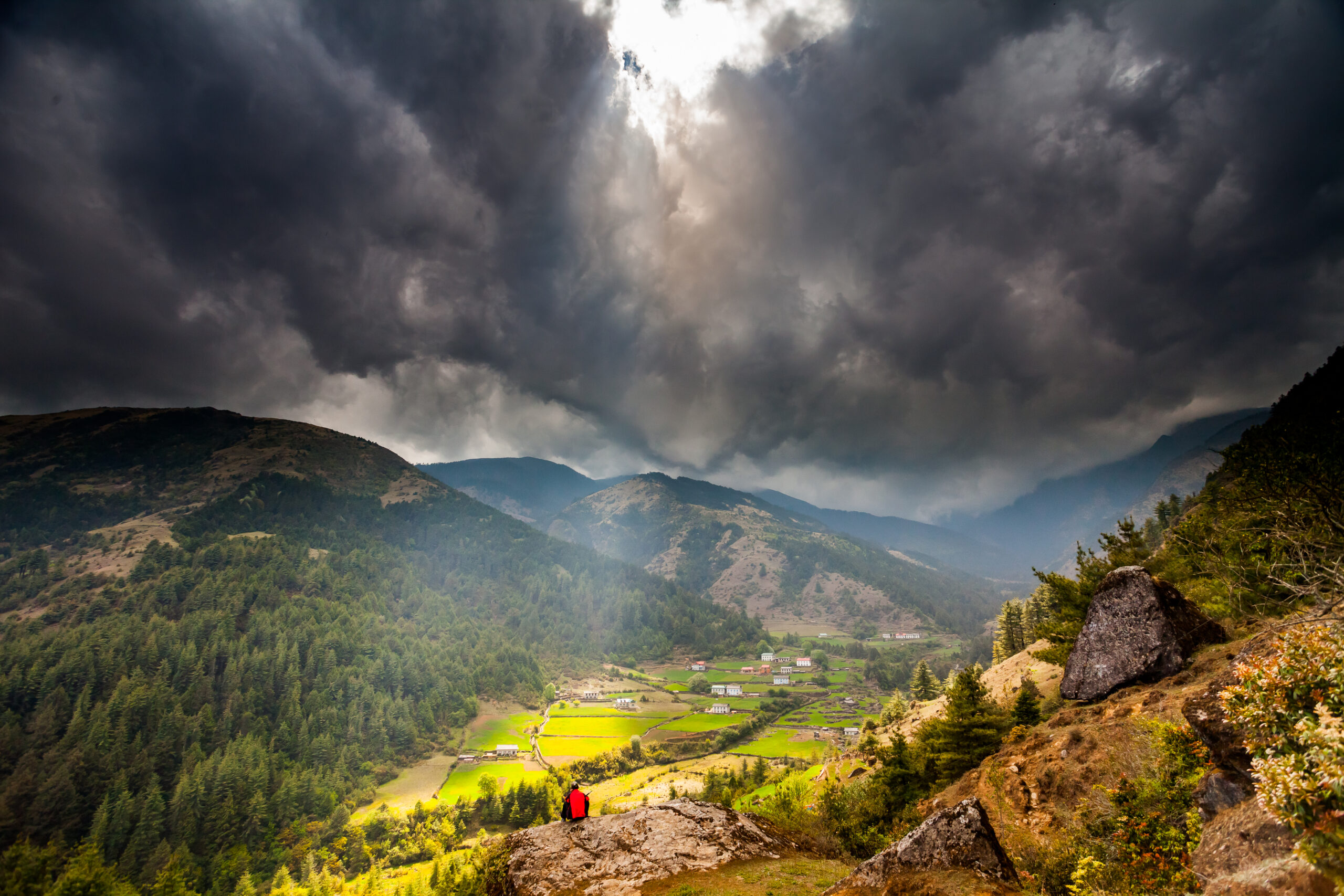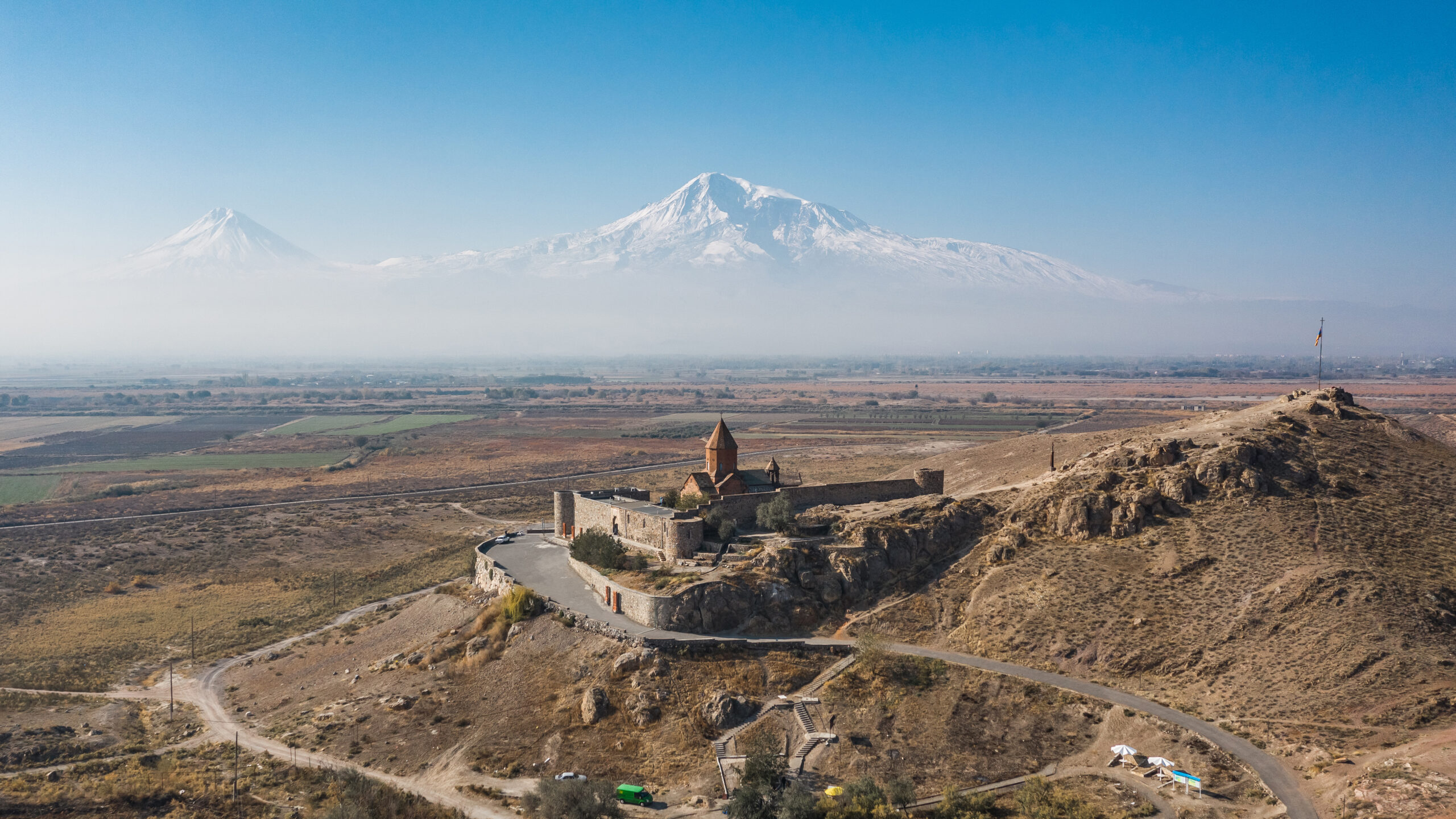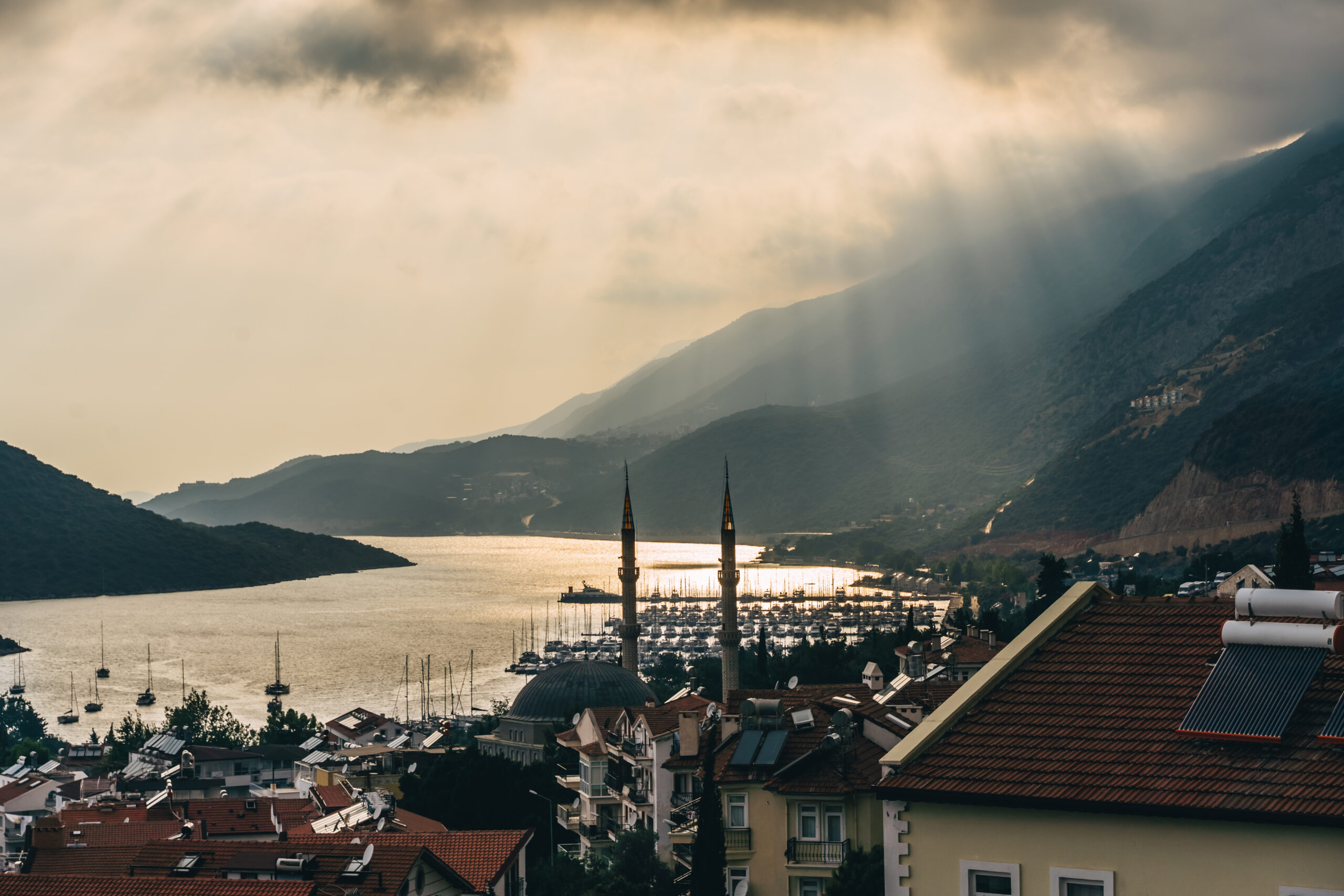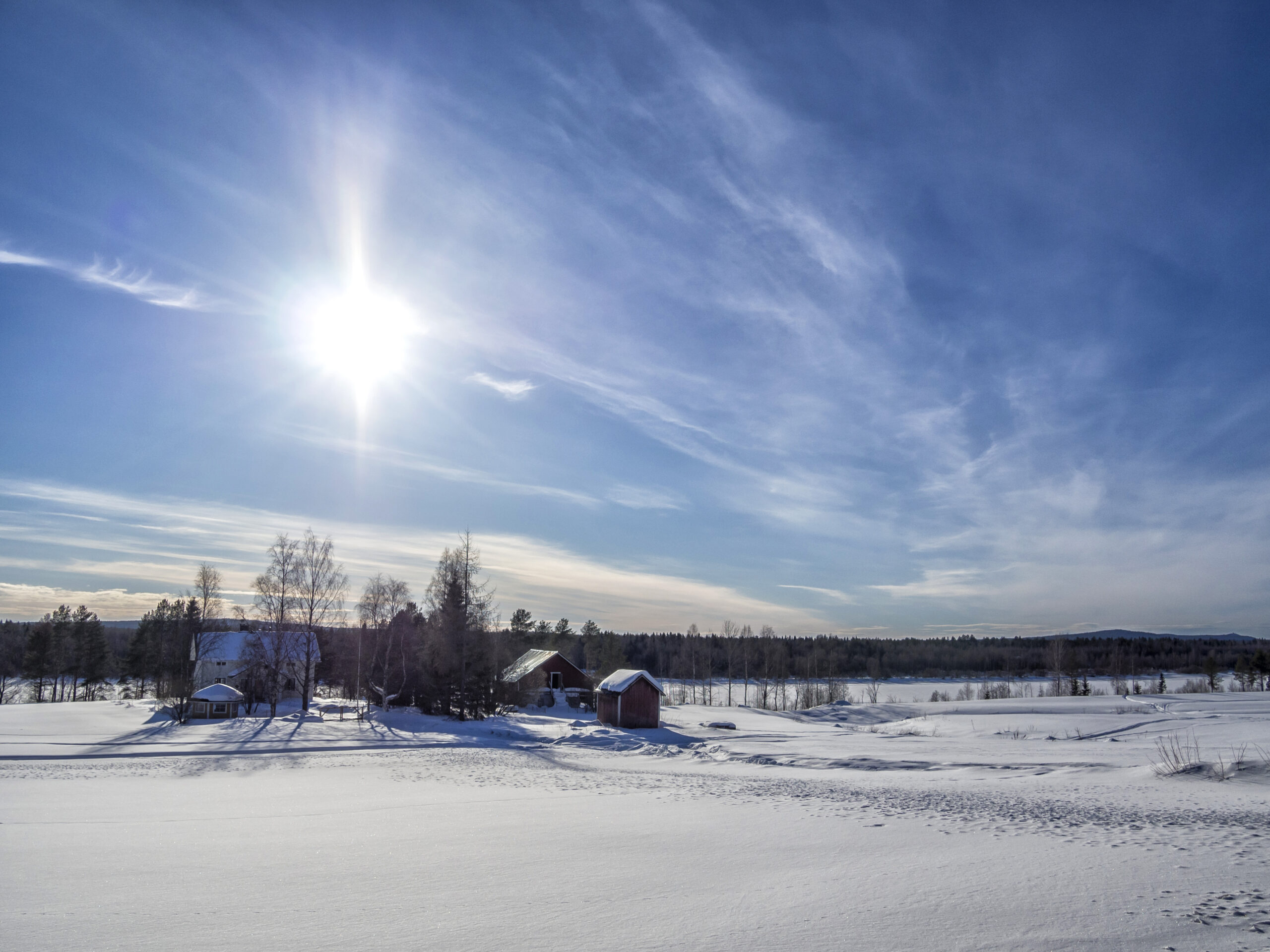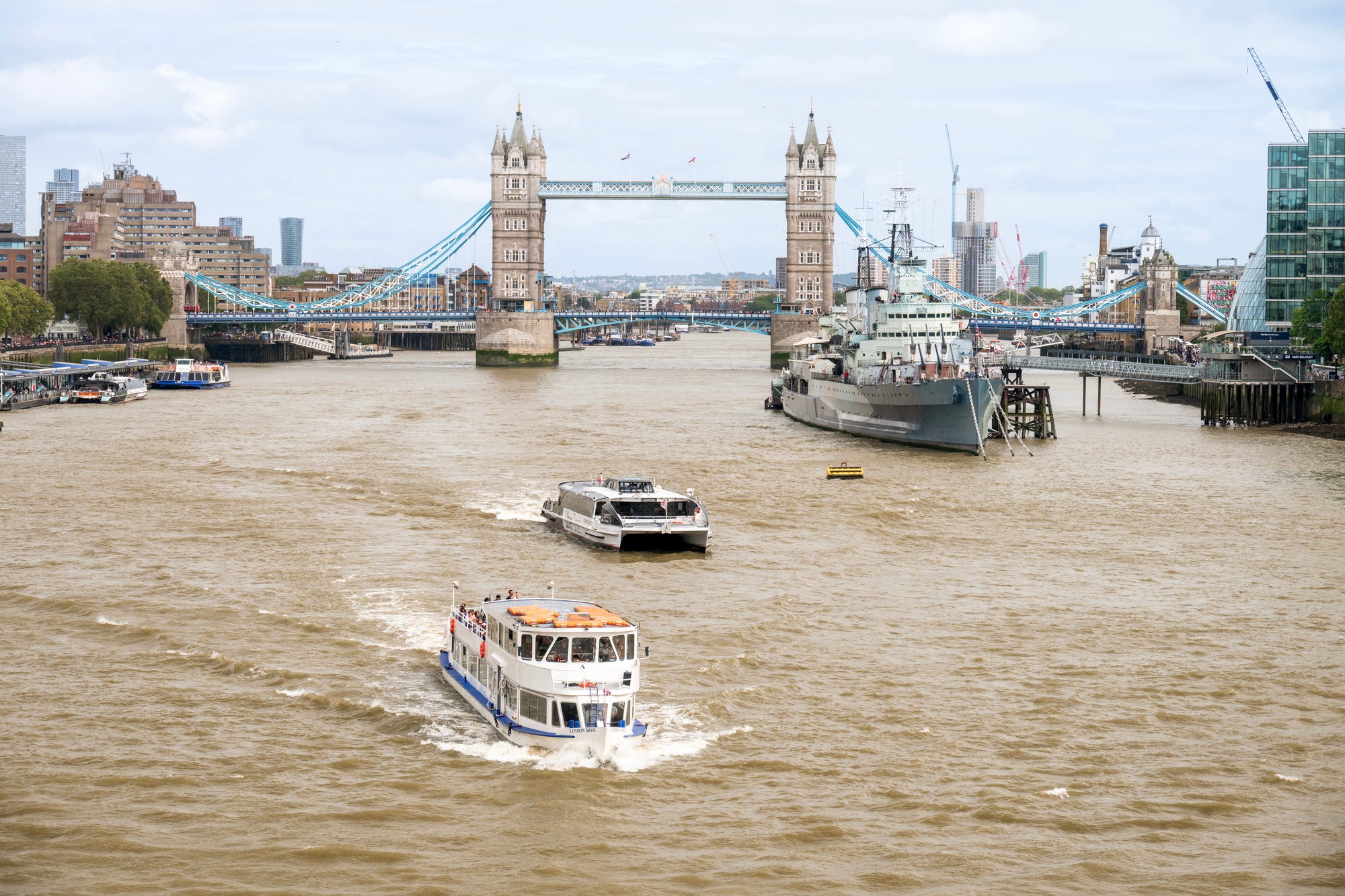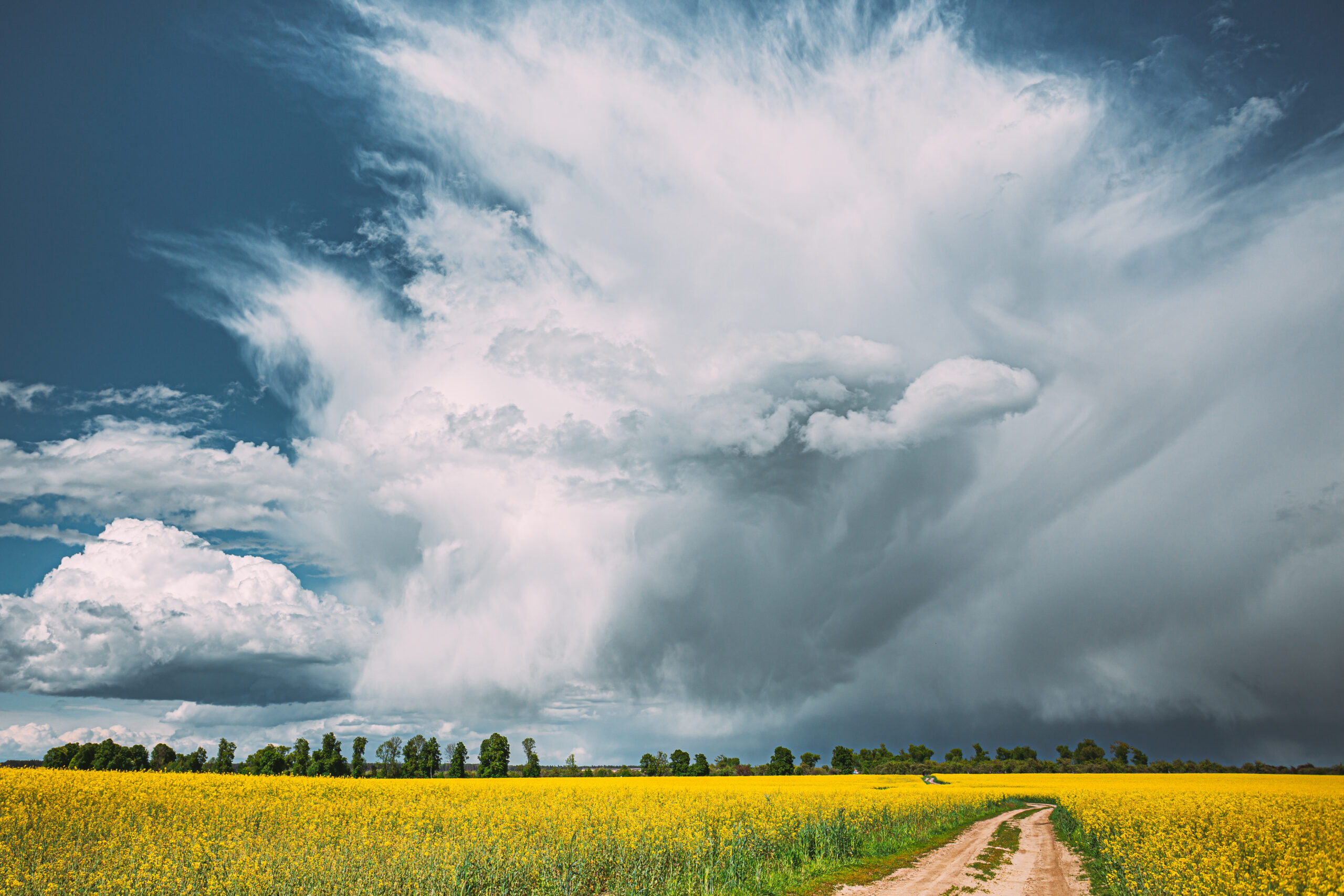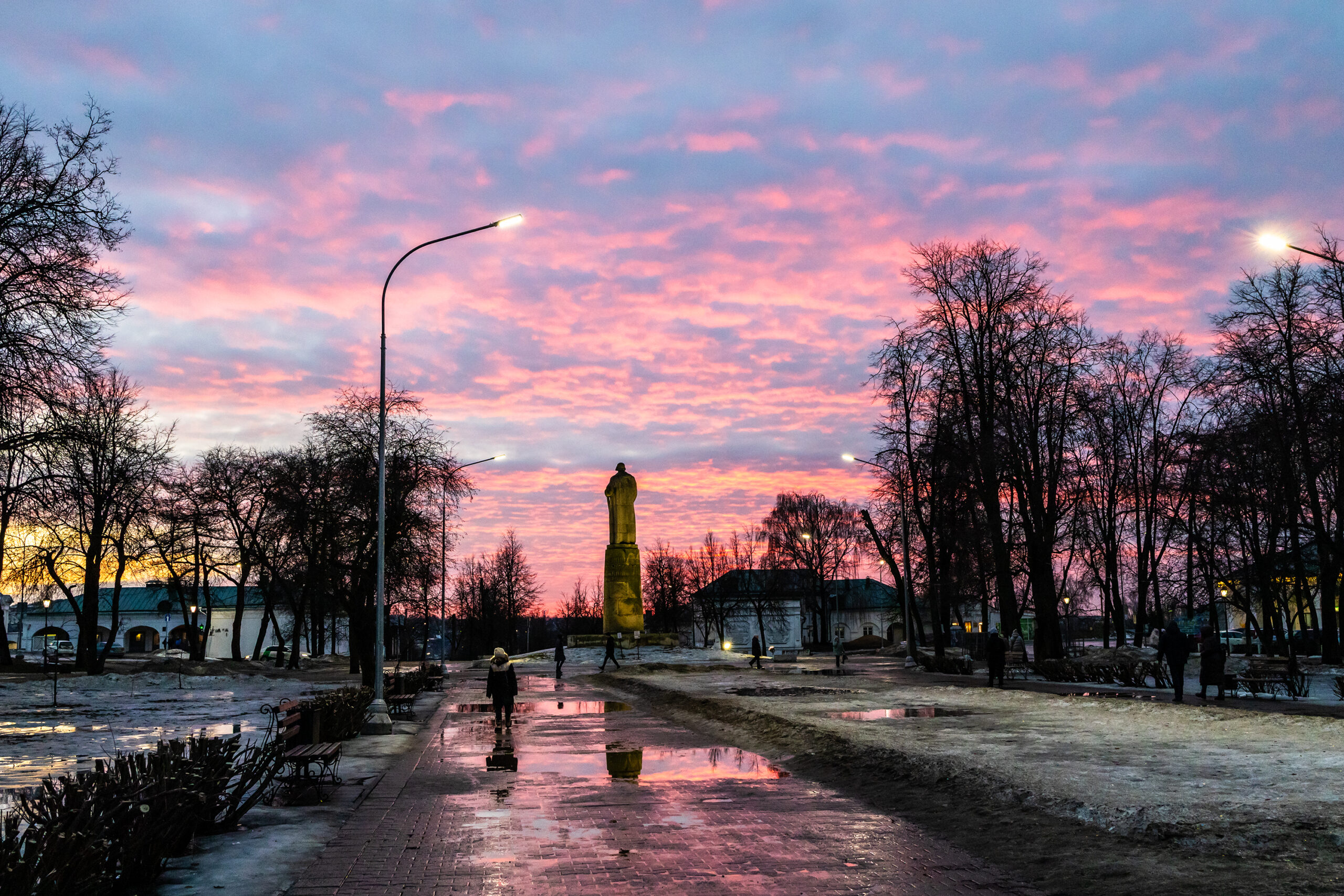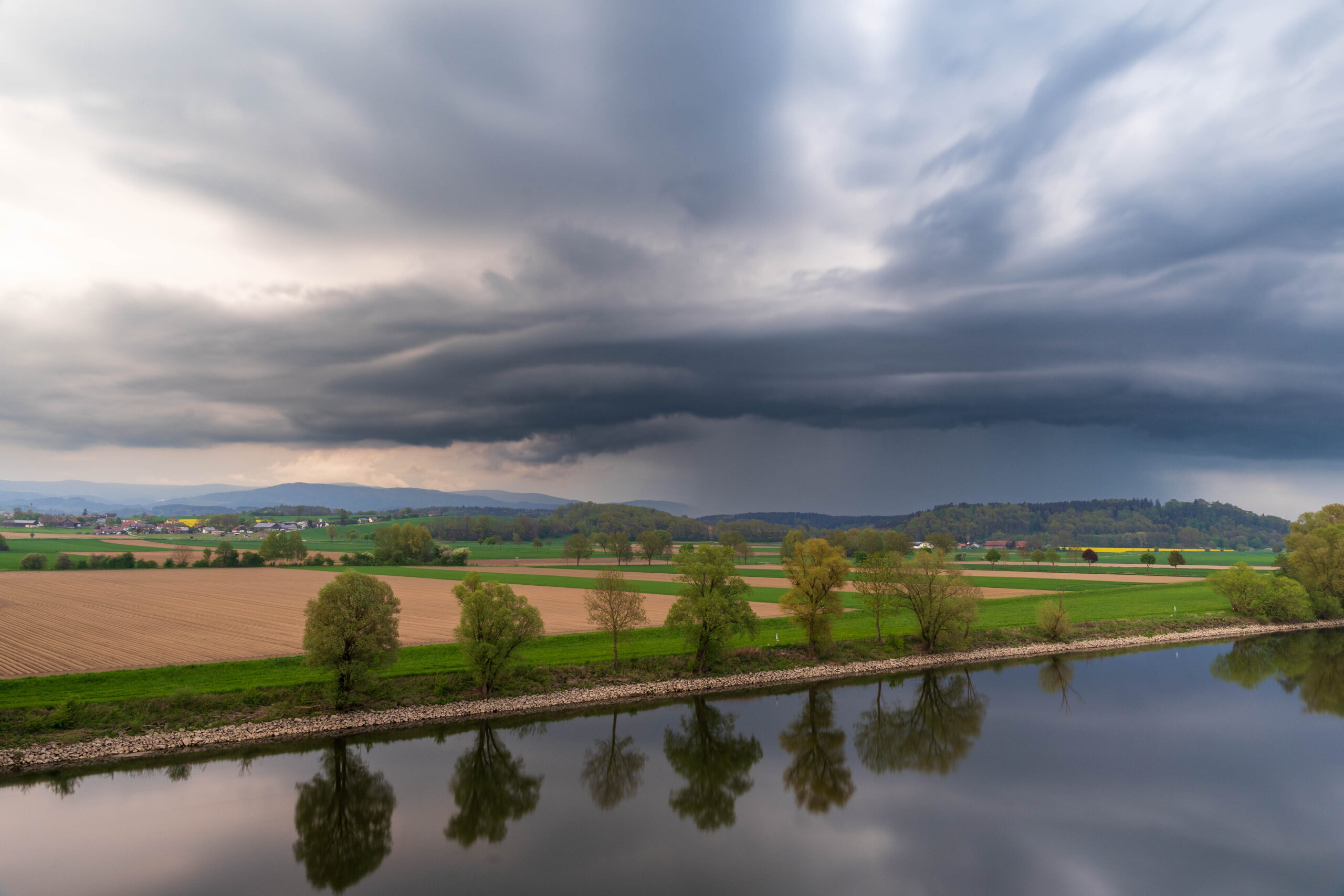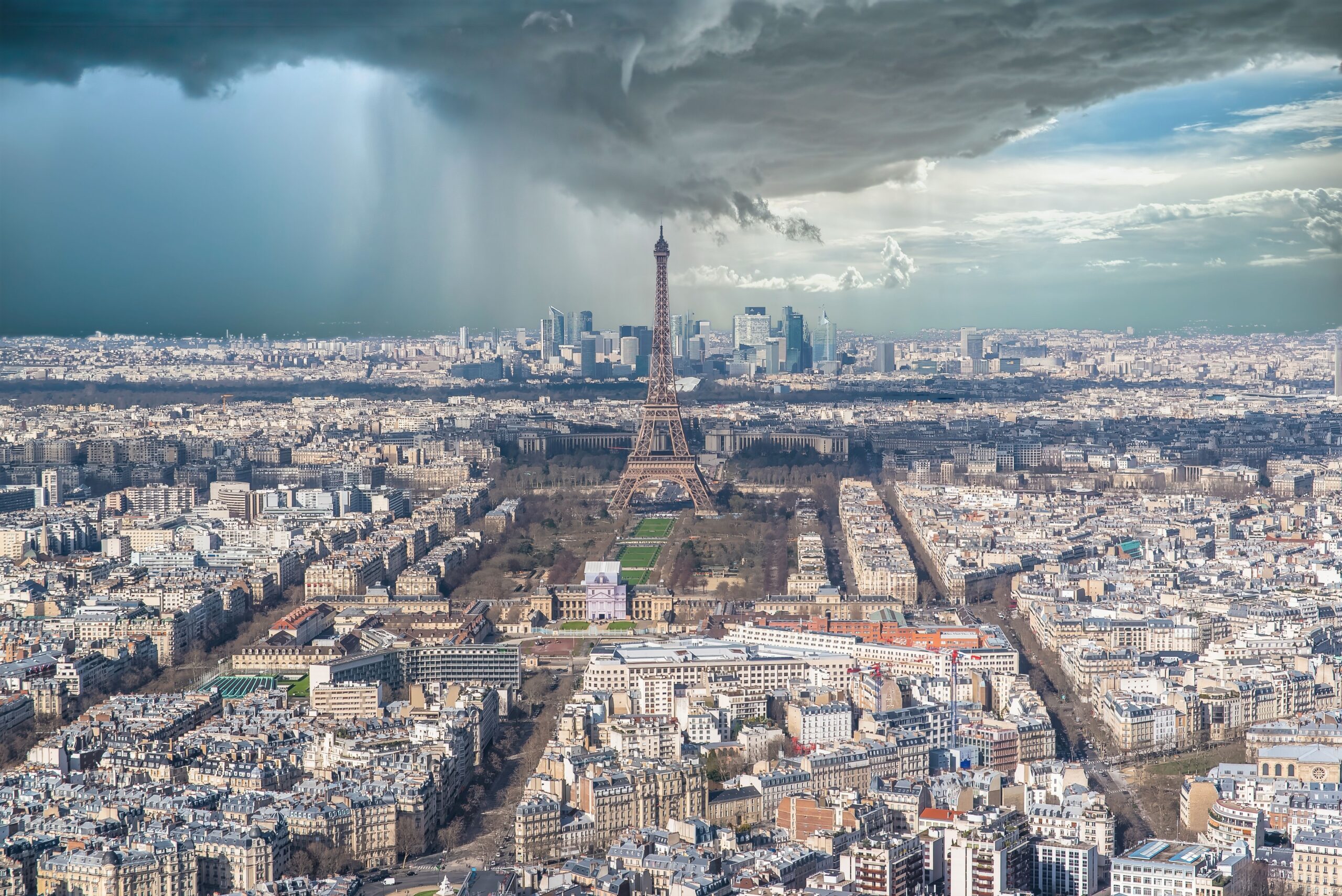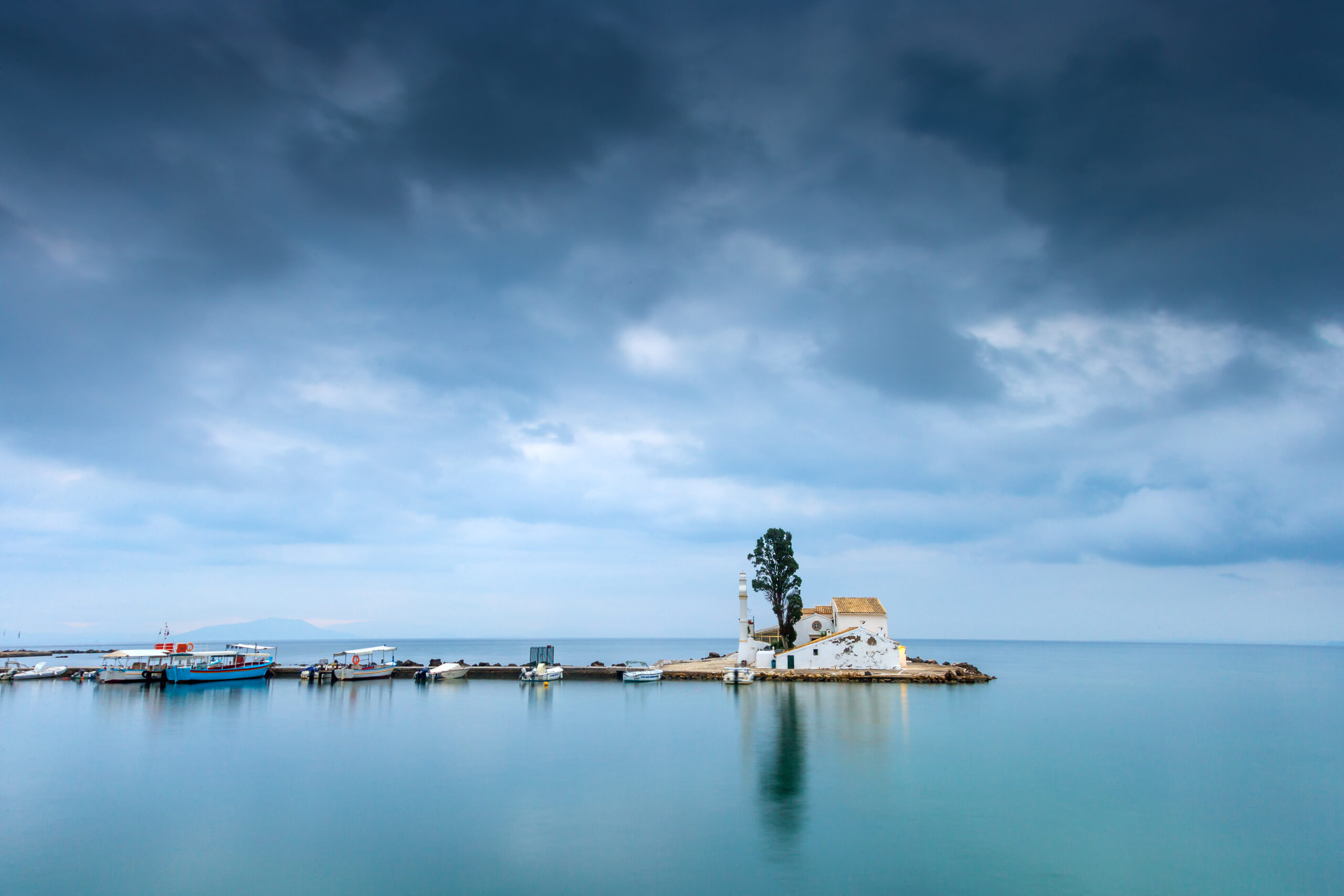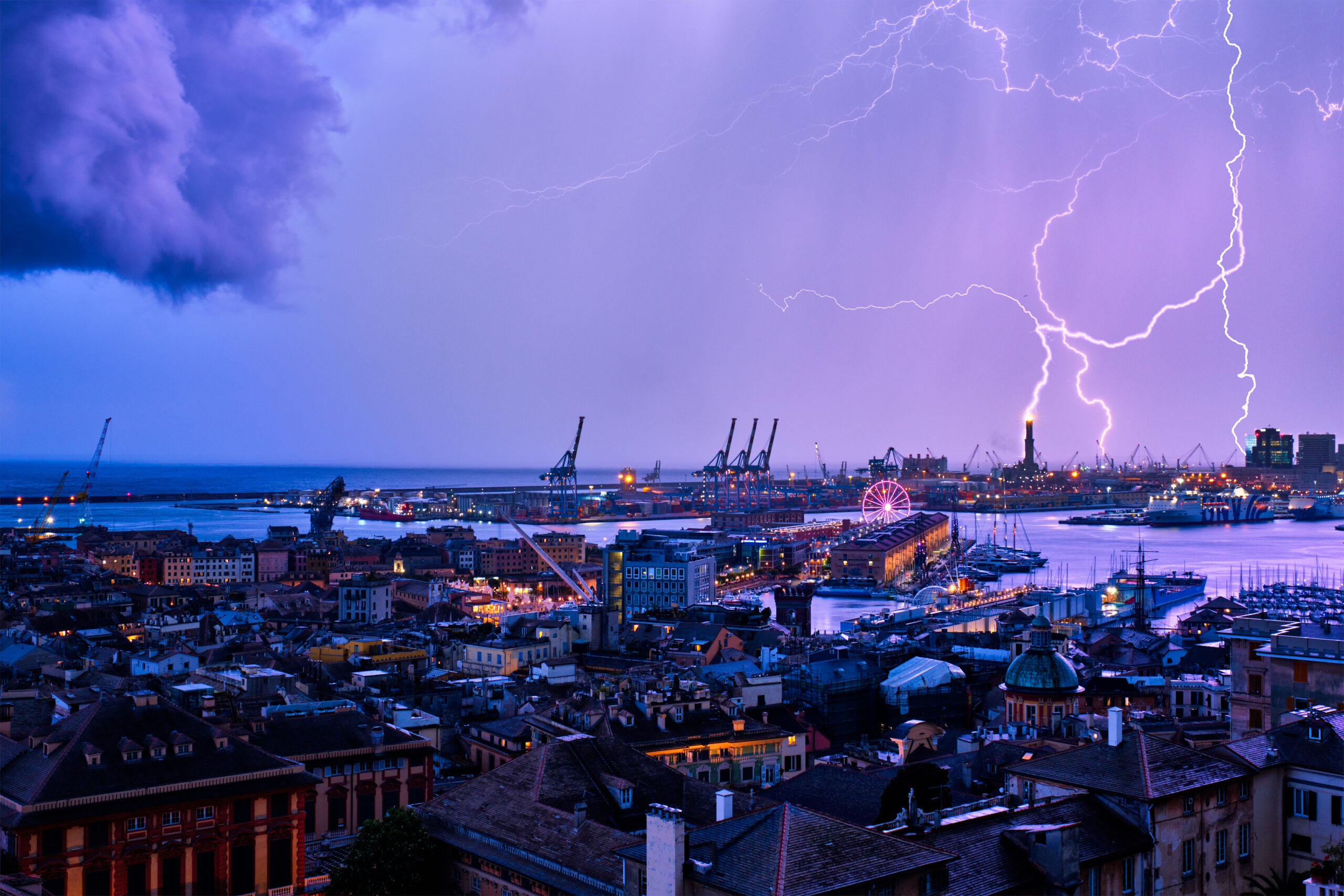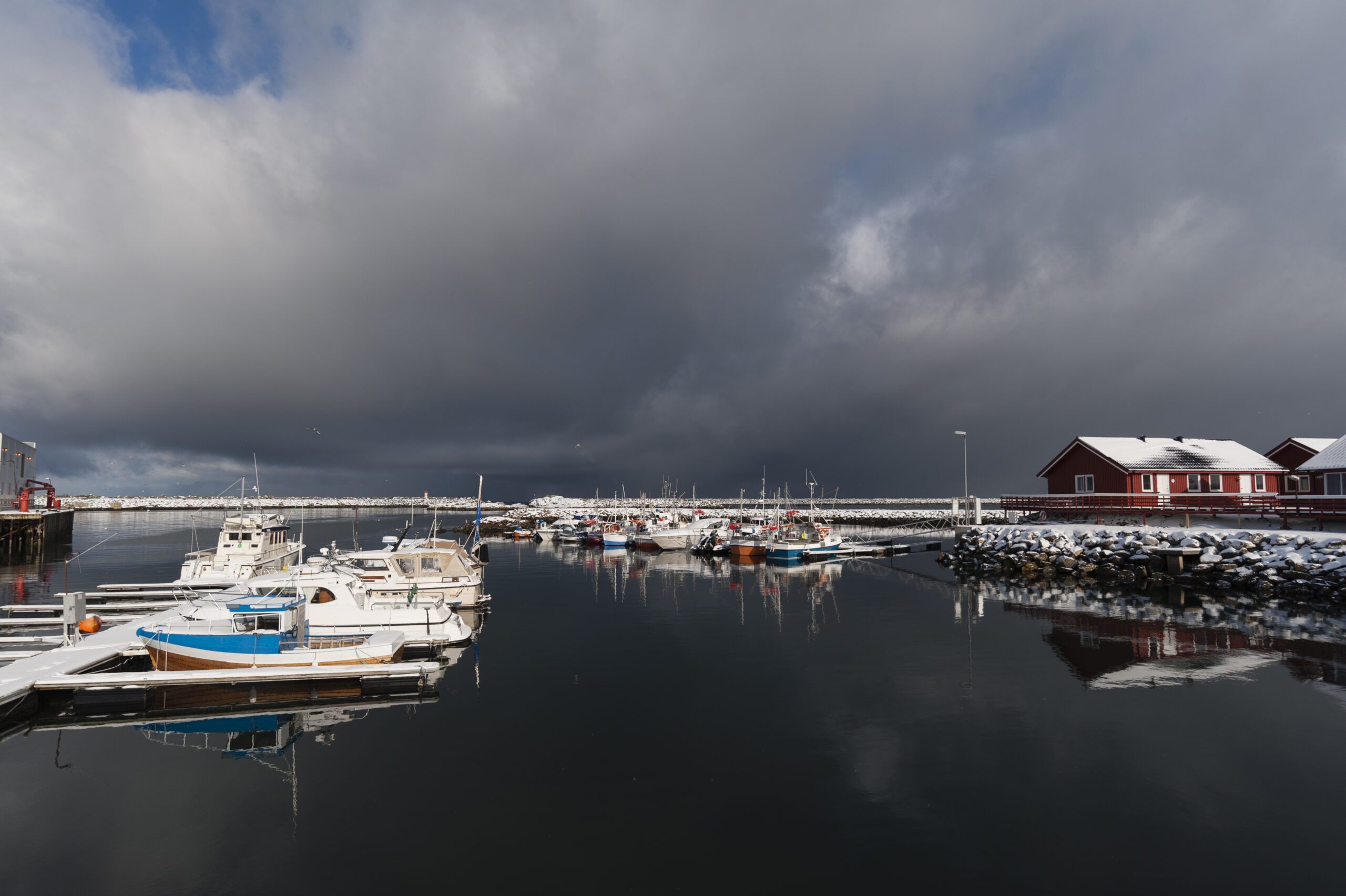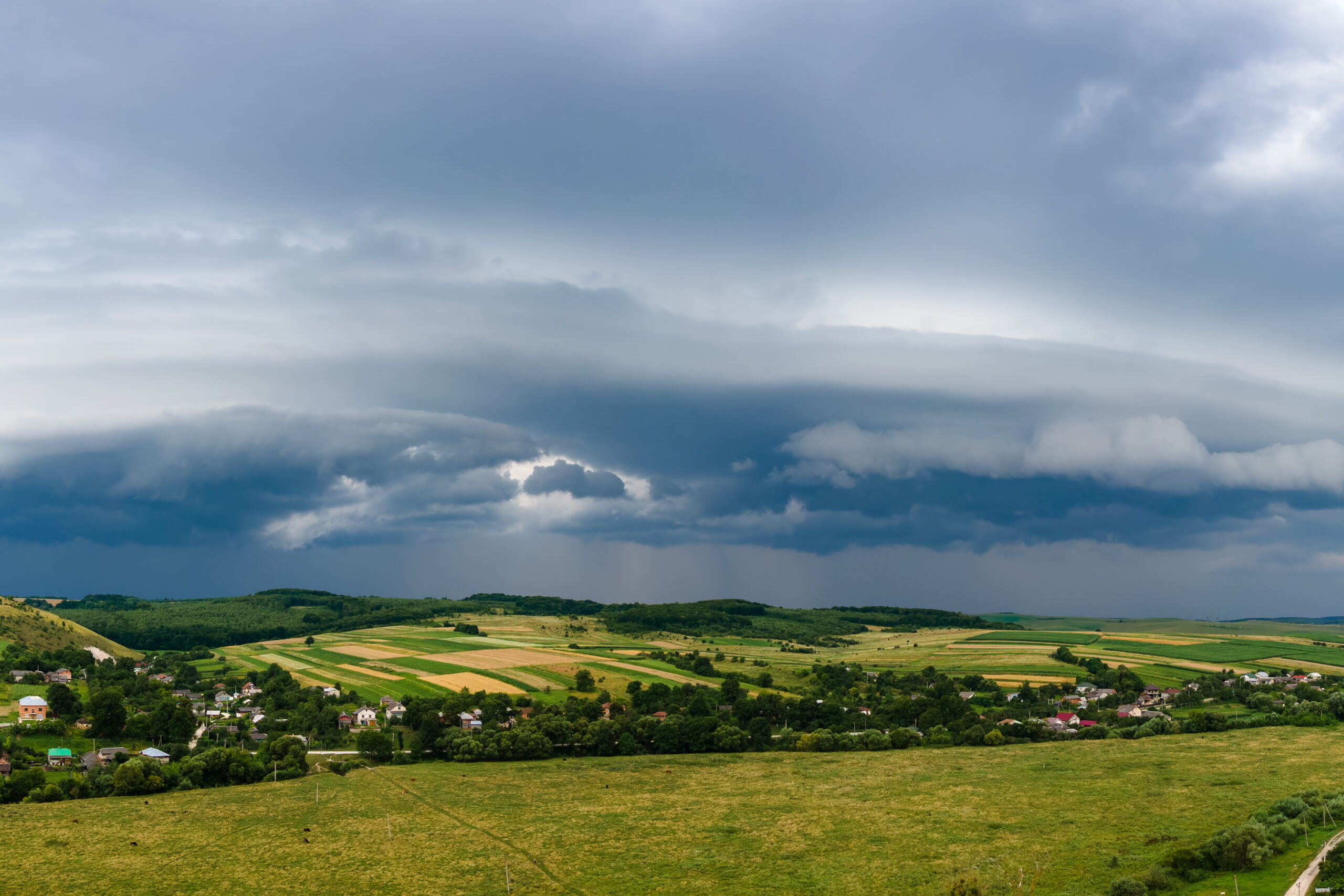- Aries ♈ - November 25, 2025
- Template - November 13, 2025
- Albania Weather Report Free updated Hourly 2025 - September 23, 2025
🇯🇵 Nagano Prefecture Weather Report – Month-by-Month Overview
🌨️ January
Cold and snowy. Nagano City averages −4 to 4°C. Heavy snowfall blankets mountainous areas like Hakuba and Nozawa Onsen, making it prime ski season. Skies are often overcast, with crisp air and limited sunshine.
🌨️ February
Still wintry. Highs reach 3–7°C, with lows below freezing. Snow continues in the Alps and ski resorts. Sunshine increases slightly, but mornings remain frosty and dry.
🌧️ March
Spring begins. Temperatures rise to 6–13°C. Snow melts in lower regions, replaced by rain. Early blossoms appear in valleys, while higher elevations stay snowy.
🌸 April
Mild and blooming. Highs reach 12–19°C. Cherry blossoms peak in cities like Matsumoto and Ueda. Rain showers alternate with sunny spells. Mountain snow begins to recede.
🌼 May
Warm and pleasant. Temperatures climb to 16–24°C. Rainfall is light, and skies are mostly clear. Ideal for hiking in the Japanese Alps and exploring rural landscapes.
☀️ June
Start of the rainy season. Highs range from 20–27°C. Humidity rises, and afternoon showers are frequent. Rivers swell, and greenery flourishes across the region.
🔥 July
Hot and humid. Temperatures reach 24–31°C. Rainfall peaks early, then tapers off. Summer festivals begin, and mountain escapes offer cooler air.
🏖️ August
Still hot. Highs remain between 25–32°C. Rain is infrequent, and sunshine dominates. Popular time for alpine trekking and lakeside retreats.
🍂 September
Transition to autumn. Temperatures ease to 20–28°C. Rain returns gradually, and typhoon remnants may affect the region. Nights begin to cool, and foliage starts to shift.
🌦️ October
Cooler and clearer. Highs drop to 14–22°C. Rainfall decreases, and autumn colors peak in forests and mountain passes. Crisp air makes it ideal for travel.
🌫️ November
Chilly and dry. Highs hover around 8–16°C, with lows near 3°C. Rain is minimal, and foggy mornings are common. Early snow may appear in higher elevations.
🎄 December
Winter returns. Temperatures range from −2 to 8°C. Snowfall resumes, especially in ski areas. Skies are often clear, and festive lights brighten towns and resorts.

- Temperature
- Precipitation
- Rain Chance
- Wind
- Humidity
- Pressure

